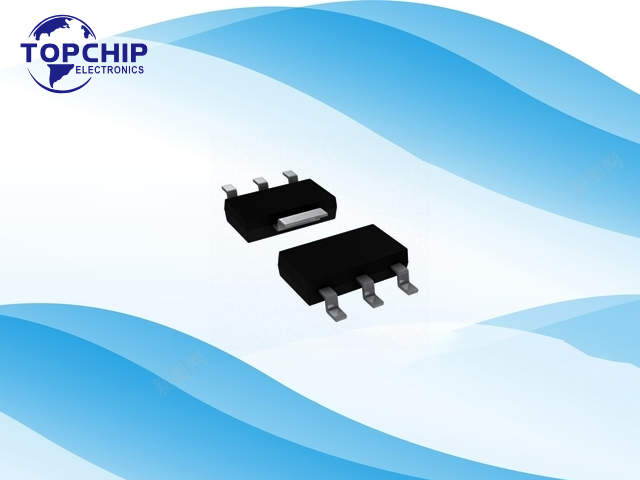DC-DC switching regulators have become essential elements in modern electronic systems requiring efficient power conversion with minimal losses. They come in various package types designed to maximize performance, minimize footprint, and support diverse applications. In this article, we will delve into the world of DC-DC switching regulator packages, their functions, and the factors to consider when selecting the right package for your needs.
1. What are DC-DC Switching Regulators?
DC-DC switching regulators are electronic devices that efficiently convert one DC voltage level to another, providing a stable and regulated output voltage. They operate by rapidly switching a series element on and off, and using passive components (such as inductors and capacitors) to store and release energy, thereby achieving the desired output. Switching regulators are widely utilized owing to their high efficiency, small size, and ability to provide both step-up (boost) and step-down (buck) conversion.

2. Functions of DC-DC Switching Regulator Packages:
DC-DC switching regulator packages are designed to enclose the regulator's key components while serving several critical functions, such as:
- Protecting delicate components: The packages shield sensitive internal components from environmental factors like dust, moisture, and mechanical stress.
- Dissipating heat: Efficient thermal management is crucial for switching regulators, and package materials are chosen based on their ability to conduct and dissipate heat.
- Providing electrical connections: The package's pins or pads enable electrical connections to the printed circuit board (PCB) and other components.
- Ensuring reliability: Optimal package design contributes to long-term operational reliability by protecting and maintaining the internal components- function.
3. Types of DC-DC Switching Regulator Packages:
Common package types used for DC-DC switching regulators include:
a) Through-hole Packages:
- TO-220: A widely used package featuring a metal tab, typically used for step-down converters where heat dissipation is critical. The three pins provide input, output, and ground connections.
- TO-263 (D2PAK): A surface-mount equivalent of the TO-220 package, with improved thermal performance and a smaller footprint.
b) Surface-mount Packages:
- SOIC (Small Outline Integrated Circuit): A compact, lightweight package for low-to-medium power applications. They often feature 8 or 16 pins and are used in both step-up and step-down regulators.
- QFN (Quad Flat No-Leads): A small form factor package with external leads under the package. It offers excellent thermal performance, making it suitable for high-density and high-power applications.
- LGA (Land Grid Array): This package features an array of pads on the bottom for electrical connections. It provides high pin density and a small footprint, making it suitable for complex regulator designs and high-performance applications.
c) Module Packages:
- SIP (Single In-line Package): A through-hole package often used for isolated or non-isolated DC-DC converter modules featuring a single row of pins.
- BGA (Ball Grid Array): A high-density surface-mount package with solder balls on the bottom for electrical connections. It is used for advanced DC-DC converters requiring high switching frequencies and power capabilities.
4. Selecting the Right DC-DC Switching Regulator Package:
Choose the appropriate package for your application based on the following factors:
- Thermal performance: Consider the power dissipation requirements and the associated need for efficient heat management.
- Board space constraints: Evaluate the available PCB real estate and select a package that fits within the allotted space.
- Power requirements: Choose a package that supports the desired input voltage range, output voltage, and output current.
- Package assembly: Consider the complexity of the assembly process. Surface-mount packages usually have a higher assembly yield than through-hole packages.
5. Applications of DC-DC Switching Regulators:
DC-DC switching regulators are found in various applications requiring efficient power conversion, including:
- Consumer electronics: Powering portable devices like smartphones, laptops, and gaming consoles.
- Industrial systems: Providing regulated power for factory automation, robotics, and instrumentation.
- Telecommunications: Supporting reliable operation of communication devices, base stations, and satellites.
- Automotive systems: Powering vehicle electronics, such as infotainment systems, engine control units, and advanced driver-assistance systems (ADAS).
Conclusion:
The choice of a suitable package for a DC-DC switching regulator is vital to ensure the reliability, performance, and longevity of your electronic systems. By understanding the different package types and their functions, you can make informed decisions that contribute to the efficiency and effectiveness of your power conversion solutions. The right package for your application hinges on various factors, such as thermal performance, board space, power requirements, and assembly preferences. By carefully considering these aspects, you can harness the advantages of DC-DC switching regulators and power your applications with precision and reliability.

